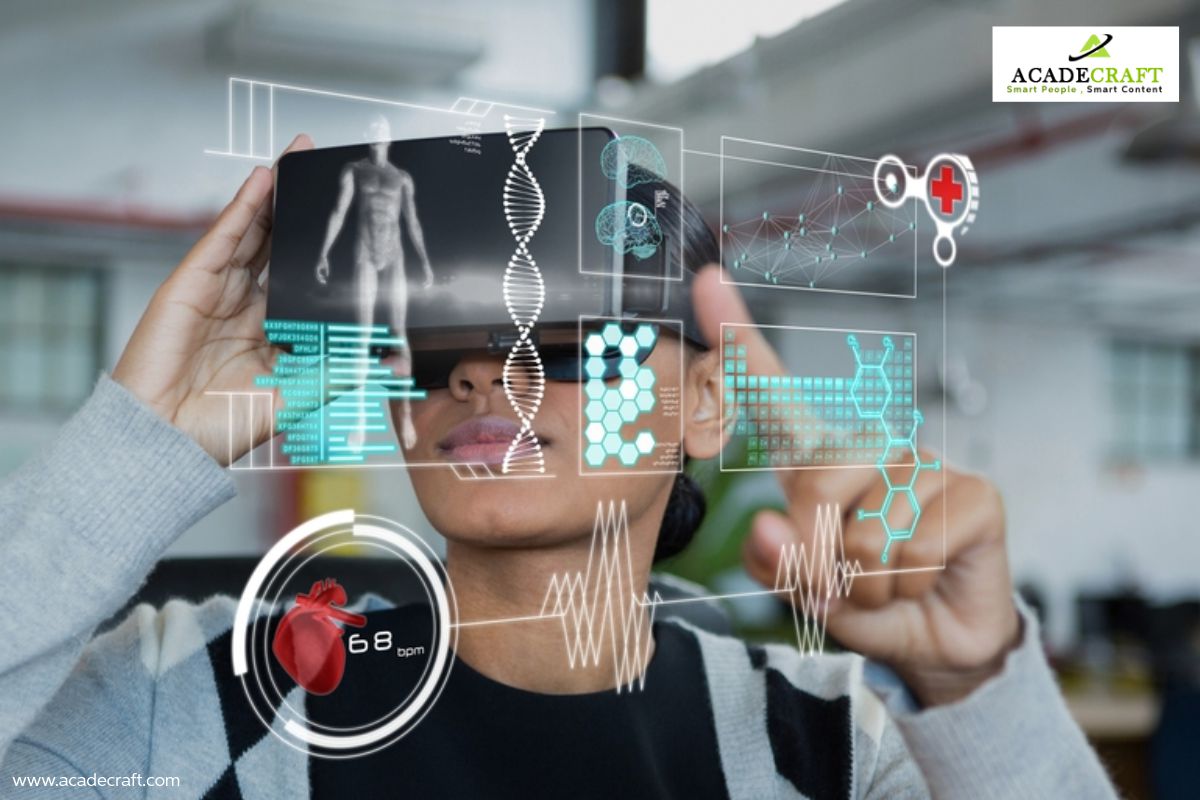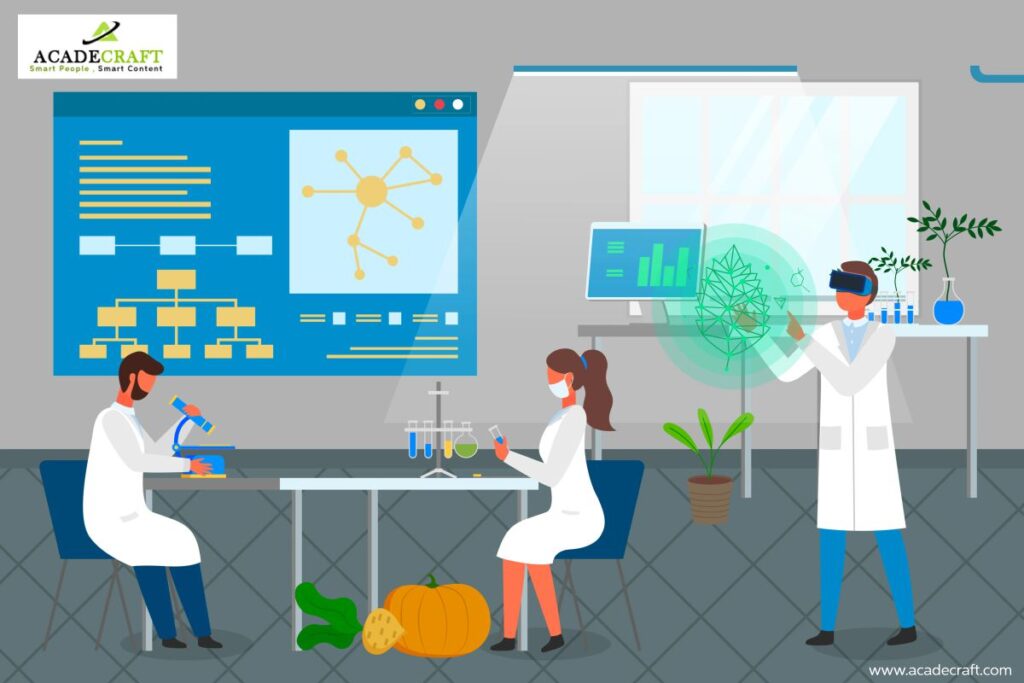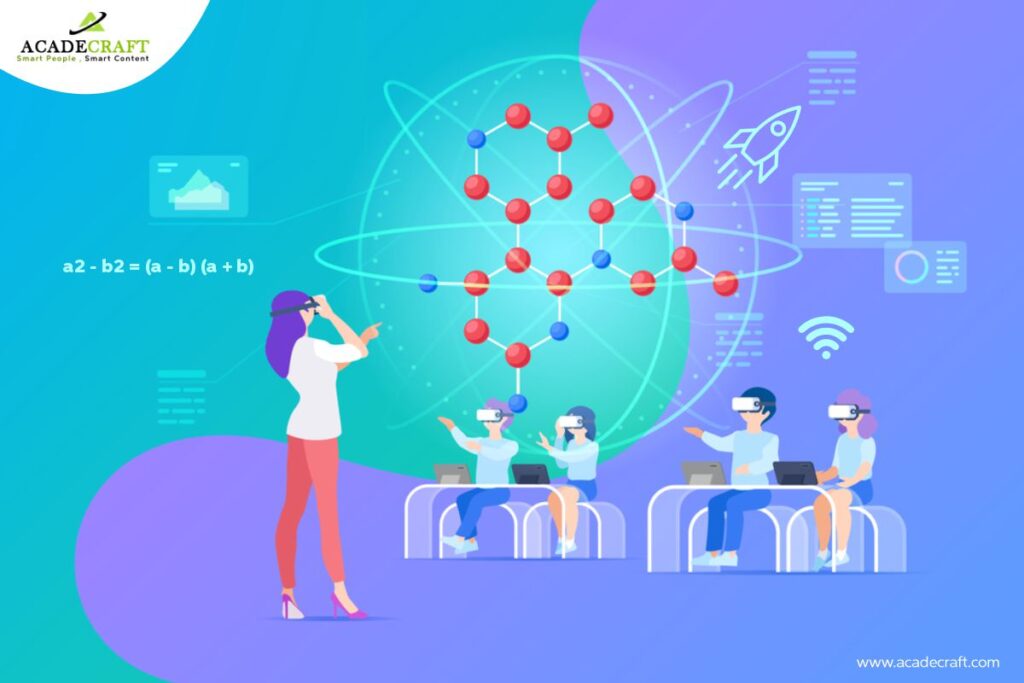
Before the pandemic, laboratories were meant to be offline. Though virtual labs existed back then, certain myths about them kept people away from adapting them. But, during the COVID-19 pandemic, the institutions and business companies were forced to shut on-site operations. In such a scenario, virtual lab learning was the only way out.?
In the last 2 years, virtual labs have revolutionized L&D in all aspects. From corporate training to education, virtual labs are being used everywhere. And it has shattered all the myths already! Virtual Lab Learning has made corporate L&D cost-effective and remotely accessible. Similarly, it has enhanced the efficiency of STEM education, by making learning more experiential. In this blog, we will explore how virtual labs have changed the scenario for businesses and institutions.
In a recent study, it was revealed that the business companies spend around $370 billions just on learning and development programs. Now, that?s huge! But, if we make L&D cost-effective, then the companies can deliver enhanced training facilities to their employees. However, for that, we have to understand the root-cause of the problem.
The major expenditure of corporate L&D is spent in setting up and maintaining training laboratories. The expensive equipment, tools, and machinery used in these labs need regular maintenance and upgradation.?
So, if we replace the laboratory-based training with virtual lab learning, the cost of corporate L&D will come down rapidly. In addition to making corporate L&D cost-effective, virtual labs help the businesses in many other ways. Let?s explore some of them.

Designing an efficient training curriculum is important for the companies. They should optimize the training modules to incorporate all the trending topics. But, in the field of science and technology, new discoveries take place every day. So, it is important to upgrade the experiments and their results. Virtual Labs help the companies in doing so.
Using the virtual labs, trainers can deliver the latest technologies, tools, and updated information to their trainees. And the best part is, companies do not need to buy new equipment for upgrading their training sessions. They can simply take help of virtual tools. Hence, implementing customized training with updated modules now becomes easier and affordable for the corporates.
Technical enhancements are taking place in every sphere of our lives. So, companies are also looking to implement the latest technologies in corporate L&D. The main motive of implementing technical tools in training is to reduce the cost of training without impacting its efficiency.
That is why we see the printed study materials getting replaced by digital learning content, and live training sessions getting replaced by mobile learning solutions. But, as discussed earlier, one of the most expensive components of training is laboratory training. That is why, most of the companies are now trying to replace laboratory training with virtual lab learning.
Virtual lab learning enhances training efficiency in many ways. Firstly, it makes technical training remotely accessible. Hence, the employees can go back and view the training sessions, practice the tasks again and again, whenever they are free.
Secondly, it helps the instructors to develop more compact training modules. Through virtual labs we can conduct any experiments, even the latest ones too! So, the instructors can impart more knowledge through virtual labs as compared to real labs, where you might face a shortage of instruments.
Thirdly, in real labs, setting up instruments takes a large chunk of time. This wastage of time can be reduced through virtual labs. Thus, the trainers can cover more processes and experiments in less time.

Now let?s come to the second part of our discussion. Virtual labs are used by both business companies and educational institutions. While we have seen how virtual lab learning impacts corporate training, they play a significant role in STEM education too! Let?s explore the impact of virtual labs in STEM education.
Do you know how virtual labs actually came to existence? Well, it?s an interesting story! We all know that STEM graduates are the backbone of the economy of any nation. But, in the recent few years, the US has seen a large deficit of STEM graduates.
According to predictions, we need around 1 million more STEM graduates for the coming decade. But recent studies have revealed that only 40% of the students admitted with STEM intentions are actually passing out with STEM degrees. The other 60% of the students are either losing interest in STEM midway, or finding the subjects extremely difficult to pursue.
If we delve deeper into the problem, most of the students have admitted that the STEM learning at times becomes boring, and the difficulty level adds to the situation. Some of them have also admitted that the laboratory's work sometimes becomes difficult as the students fail to understand the experiments in the first go.
All these scenarios have led to the evolution of virtual laboratories. The experts believe that virtual lab learning will be able to make STEM education interesting. As students can access virtual labs through mobile devices as well, they can now revise their practical lessons anytime anywhere. Also, the students can perform any experiment, even in the middle of theory sessions, in order to understand the concepts more efficiently!
In addition to making STEM learning interesting for learners, virtual labs have multiple benefits for the educational institutions too! The first and the most obvious one is of course cost reduction. An institution needs to spend a bulk amount of money for maintaining its STEM laboratories and workshops. And this cost includes the maintenance cost of current instruments, tools, chemicals, replacing the non-functional equipment with the new ones, energy cost for conducting experiments, and many other types of costs.
If the institutions replace their real labs with virtual labs even partially, the cost of their practical classes will come down to half. And it will not only help the institutions, but somewhere down the line, it will make STEM education affordable for learners too!
During the COVID-19 pandemic, STEM students had initially faced issues due to lack of practical sessions. But, incorporation of virtual labs made the task easier for them. The instructors can now deliver practical sessions virtually, making way for 100% remote education for STEM students.
Also, remote STEM education during the pandemic has made way for distance STEM education post pandemic. Many educational institutions are now planning to launch their full-time distance learning courses, where they will incorporate 100% remote STEM education through virtual lab learning!? ?
We all know that STEM is difficult. But, we also know that STEM is important. So, what?s the way out? We must try to make STEM learning as easy as possible for the students. And virtual lab learning plays a major role in it.
As we can use virtual labs anytime, the instructors often take help from these labs while delivering their lectures. Also, the virtual labs give students an opportunity to explore their own ideas.
Virtual lab learning helps the businesses and institutions to reduce the cost of their training. Also, they can conduct remote training and learning sessions efficiently. Hence, virtual labs make corporate training and STEM education flexible, affordable, and efficient.
But, implementing quality virtual laboratories requires expertise in multiple domains. Organizations and institutions need quality software developers, subject matter experts, graphic designers, animation experts, and immersive technology experts to develop high quality virtual labs for their employees and learners.
If you need help in developing quality virtual labs, feel free to connect with Acadecraft! With years of expertise in providing customized learning solutions, we deliver virtual labs that are second to none!
Share